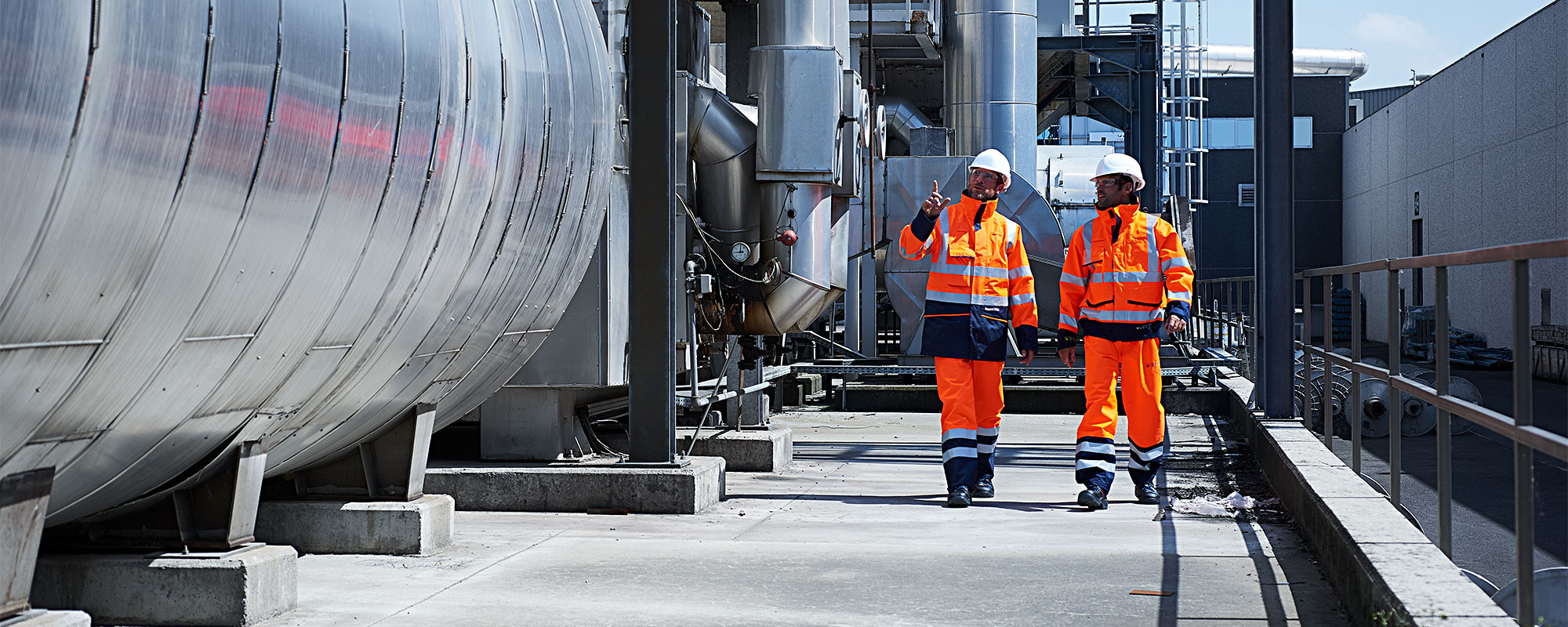Do you regularly run the risk of being exposed to heat or flames? Then you should certainly use flame retardant workwear on a daily basis to protect you from these hazards that have the potential to cause you harm. We can provide you with adequate protective garments.
Best-in-class protective products with heat and flame protection
Protection against flames and heat
Personal protective equipment that protects you against flames and heat is used in almost every industry. The heat and flame hazards are often connected to other risks, such as the danger of explosions, thermal and chemical risks. To protect you from those hazards, you obviously need adequate protective garments.
Flame-retardant clothing
You might consider flame retardant workwear or rainwear something for people that deal with large fires. That, however, is a misunderstanding. Flame retardant protective wear should be worn in all situations where there is a risk of being exposed to accidental and brief contact with flames, heat, or electrical hazards that have the potential to cause you harm. If you do work in areas with possible explosive atmospheres, or perform welding activities or work along railways, among others, you need to wear flame-retardant garments.
Another misunderstanding is that people think that flame retardant garments are fully fire-resistant. These garments are not intended to be worn by firemen. These garments offer protection against heat and flames during accidental and brief contact. This means that they reduce the chances of fatal burns and injuries, as the flame is extinguished on its own and the clothing won’t keep on burning.
According to European standards EN ISO 14116 and EN ISO 11612
EN ISO 14116 and EN ISO 11612 are two very important standards that will help protect you from heat and flames.
The purpose of the EN ISO 14116 international standard is to provide minimum performance requirements for clothing in order to reduce the possibility of the clothing burning when in occasional and brief contact with small flames and thereby, itself constituting a hazard.
When protection against heat hazards is also needed, you should choose garments that are EN ISO 11612 certified. The performance requirements in the latter standard are suitable for situations where there is “a need for clothing with limited flame spread properties and where the user can be exposed to radiant and/ or convective heat and/ or to molten metal splashes.”








